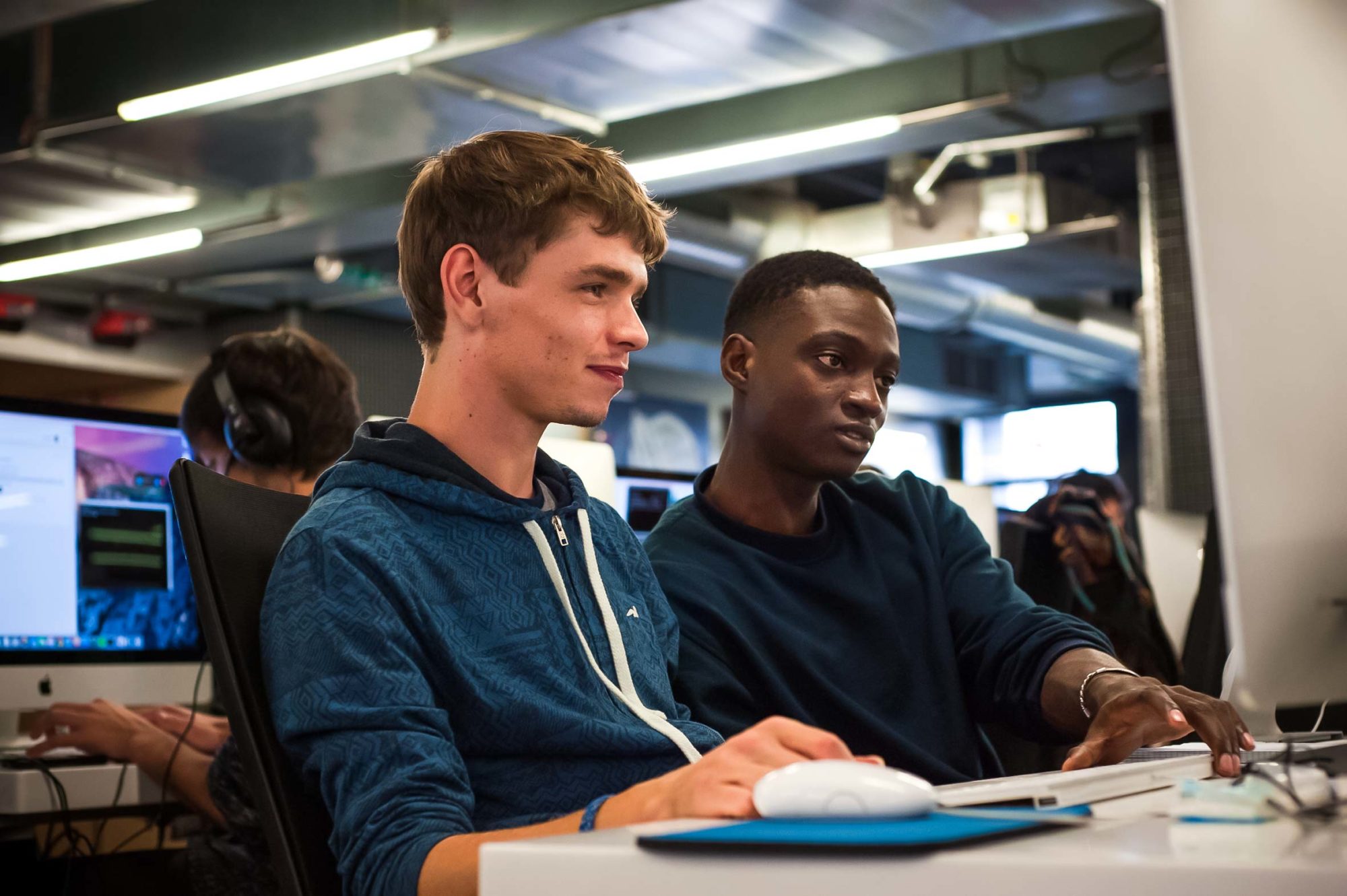
The 42 Method
With 42, programming is not taught in a lecture hall: the lessons are practical and based on the principles of sharing, collaboration and mutual aid.
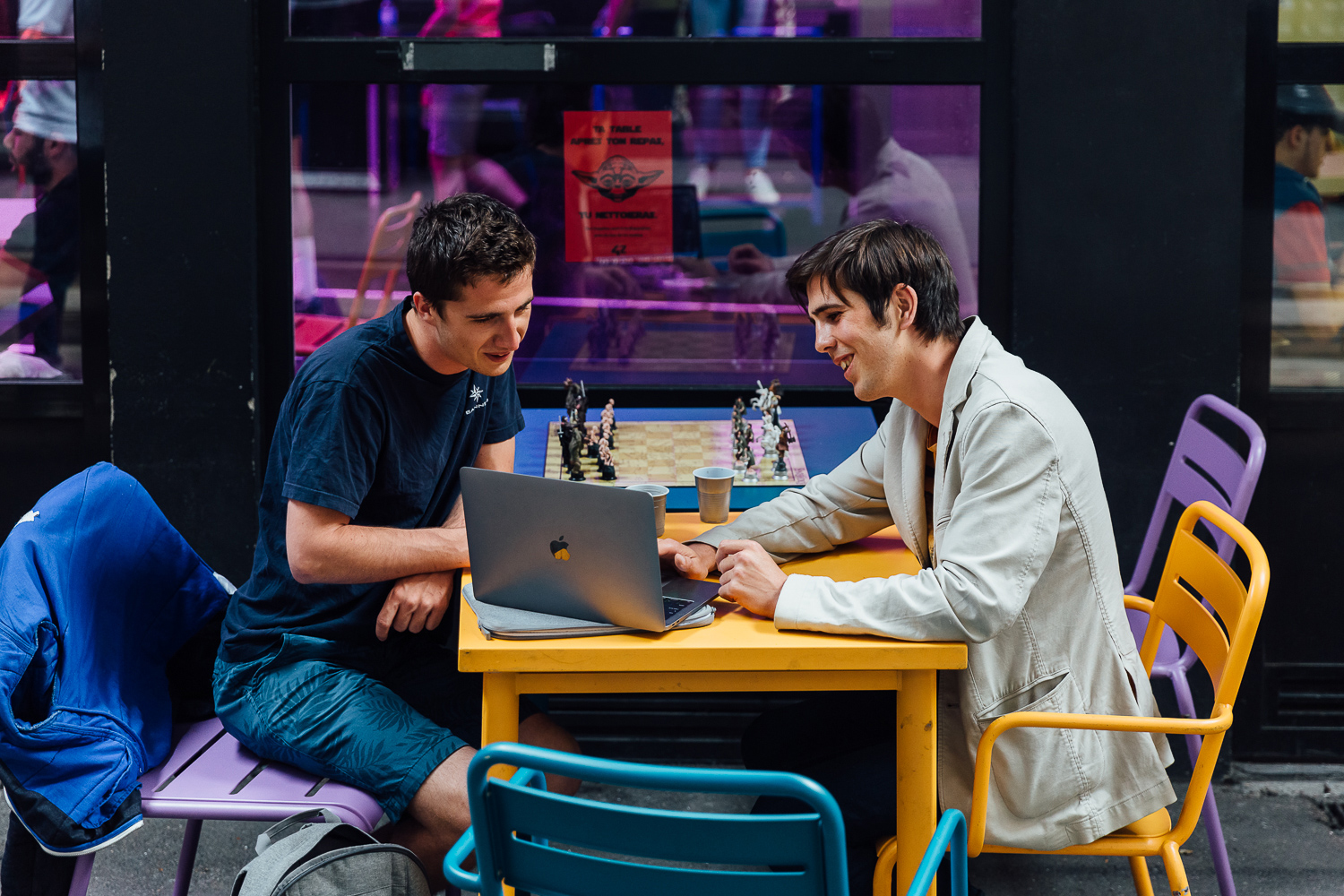
The ambition
A training rooted in reality
Rather than short training focused on a specific field or a coding language that will quickly become obsolete, 42 offers its students the tools to quietly tackle the technological changes they will face throughout their careers. In 42, students will “learn to learn”, thus developing the ability to adapt and find concrete solutions to problems based on current knowledge and tools.

The training
Learning to learn
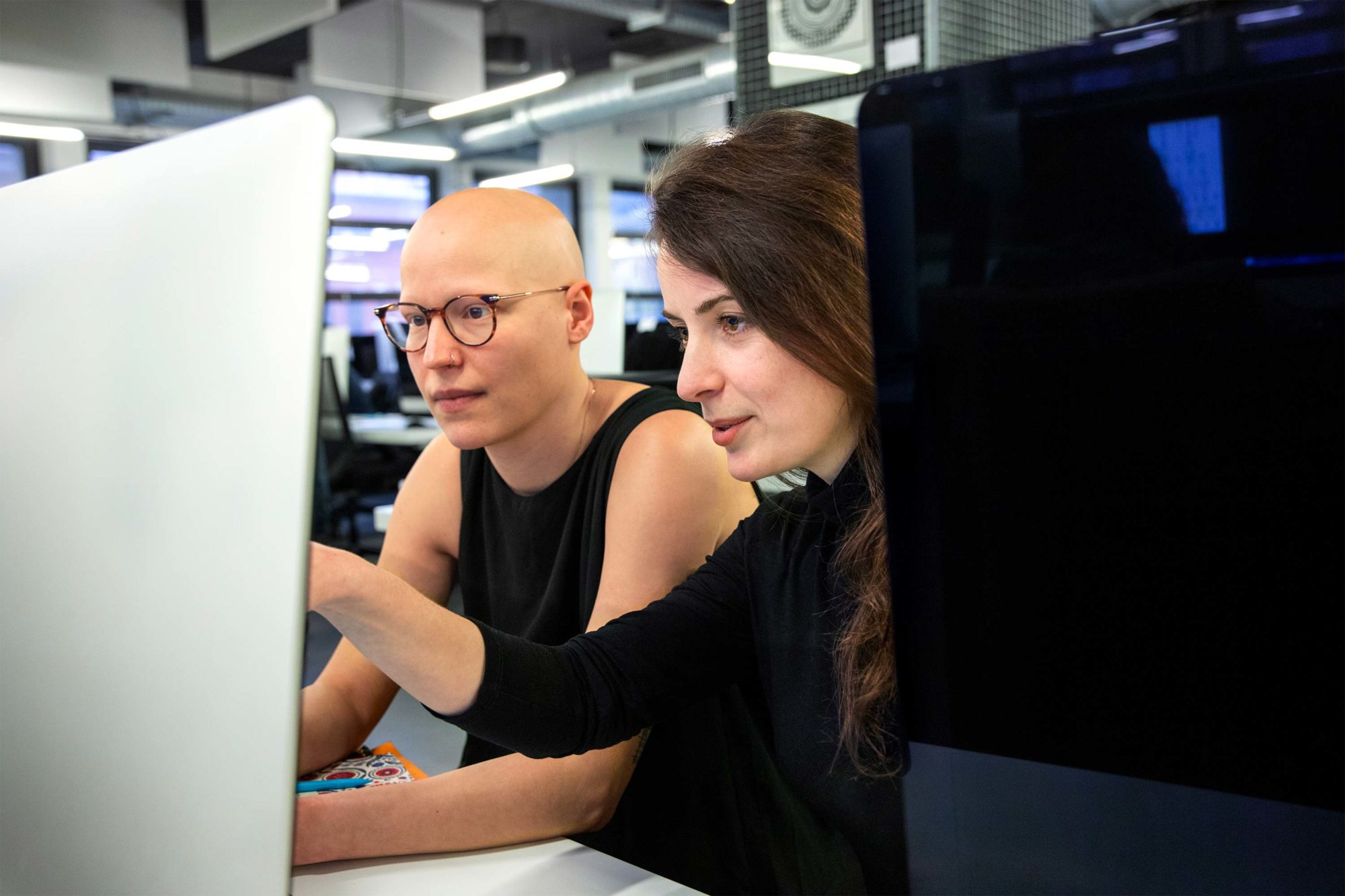
Learning together: peer-to-peer
You have to excel in order to progress. However, once you’ve reached a dead end, the first reflex is to ask advice from the people around you. Projects carried out alone or in a group must first be discussed then evaluated by other peers who have not necessarily progressed at the same pace. In these moments of exchange, you have to justify your choices, give arguments on “why” you decided to solve the project like you did. These moments help consolidate personal learning and share knowledge with the community. Collective intelligence, which allows good practices to emerge and groups to advance, plays a major role at 42.
Learning through practice
Learning at 42 involves seeking concrete solutions to the problems you face – rather than having to memorize lessons without any practical applications. From your very first steps at 42 – namely, the Piscine – you are asked to think for yourself in front of a computer. Of course, no one expects you to be able to do everything from the start: Failing and making mistakes are not penalized. In fact, failures and mistakes are a better way to learn than lectures. At 42, making errors and messing up are simply an invitation to try again, just like in a video game.
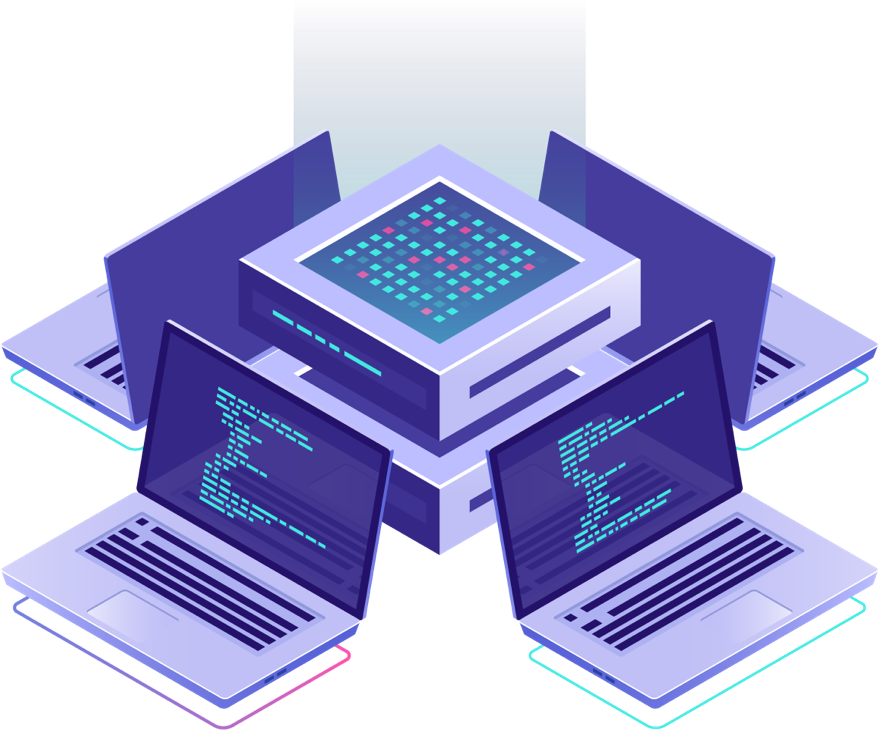
Learning while having fun
At 42, everyone’s progress is personalized. It is based on a system of experience points and levels, just like in a video game. This is what we call “gamification”. There are many ways to reach 21, the top level, and go even higher. The working atmosphere maintained by other members of the community stimulates collective energy. And if you want to take a break, there are numerous events organized throughout the year at 42.
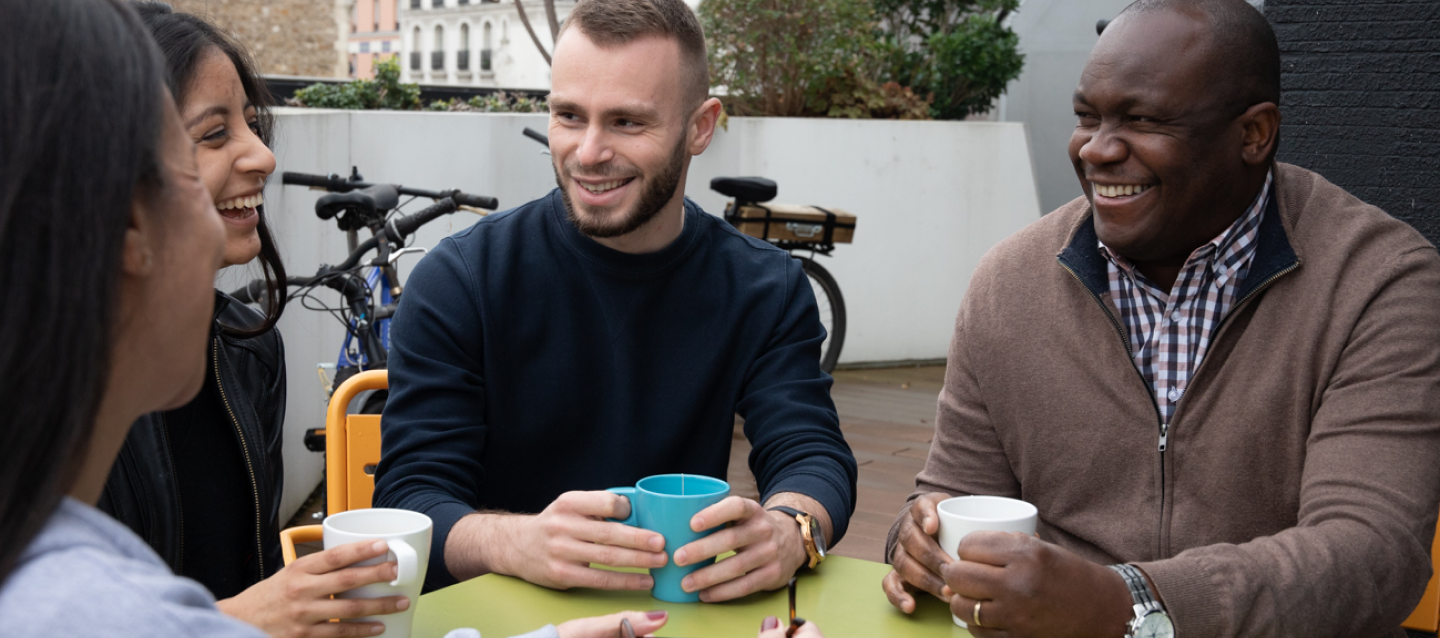
Testimonies
What 42 has brought them
History
The creation of 42
42 was founded in 2013 by Xavier Niel, founder and principal shareholder of Iliad. His main objective was to support the French economy by filling the gaps in the market with capable, digital professionals. Co-founders Nicolas Sadirac, Kwame Yamgnane and Florian Bucher developed 42 as a solid solution to the problem. It would be a free school that cared about where its students were going rather than where they came from. Sophie Viger breathed new life into 42 as Head of School, by developing the network and relationships with global partners. She also rooted for diversity at 42, removing the upper age limit and carrying out actions for a more diverse and inclusive environment in IT schools.
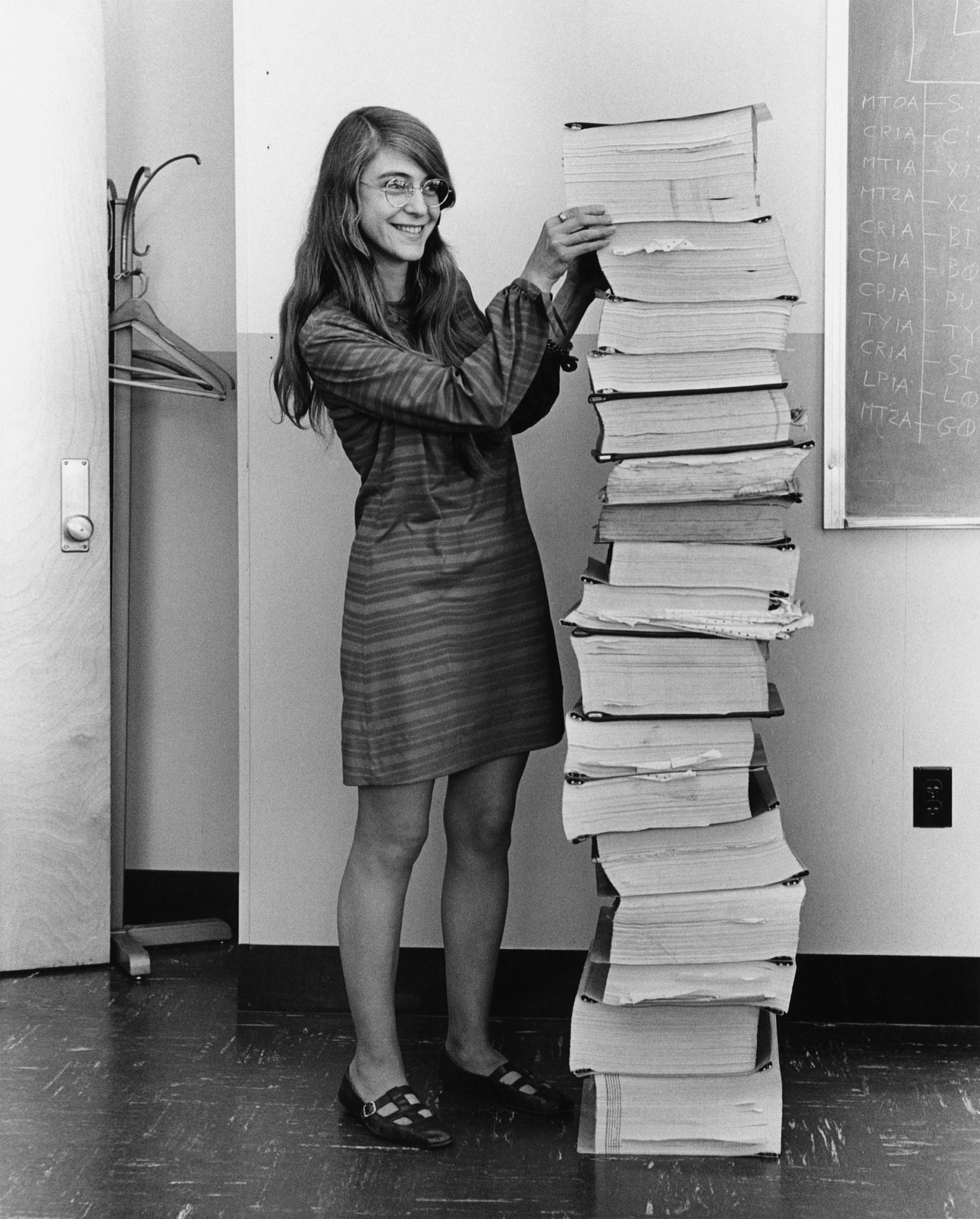
Culture Geek
Margaret Hamilton
Aiming at the moon is quite figurative for most of us, but not for Margaret Hamilton. Born in 1936, Margaret Hamilton studied math at the university before shifting to a then emerging discipline called “programming” at MIT. She joined the Draper Laboratory to work on Apollo missions as early as 1963. Starting as a simple “coder,” she worked so well that she ended up head of the team. She worked mainly on space navigation and lunar landing guidance systems. Notably, she set security protocols to deal with various systems failures that were crucial in the success of the Apollo 11 mission. Margaret Hamilton is known for popularizing the term “software engineering.”